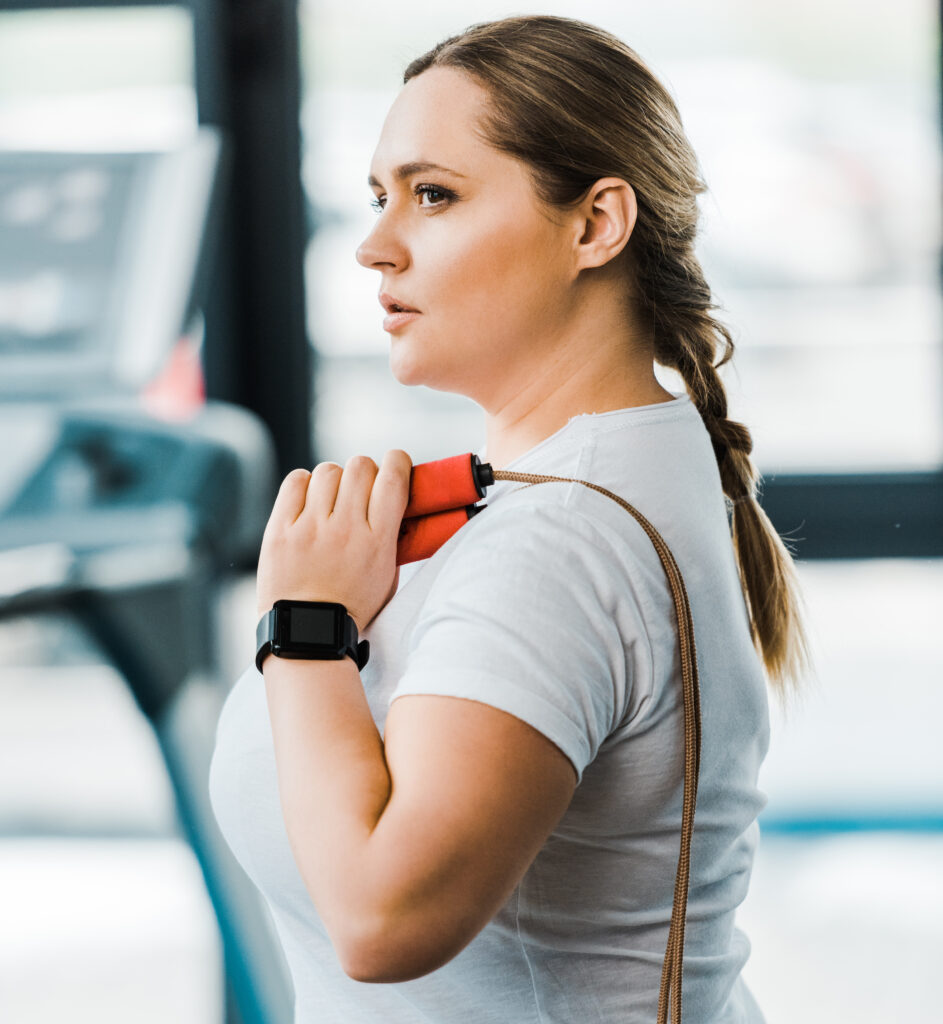Why Should you Exercise?
If you have diabetes, being active makes your body more sensitive to insulin (the hormone that allows cells in your body to use blood sugar for energy), which helps manage your diabetes. Furthermore, diabetes exercises also help control blood sugar levels and can lower your risk of heart disease and nerve damage.
Additionally benefits include:
• Maintaining a healthy weight
• Losing weight, if needed
• Feeling happier
• Sleeping better
• Improving your memory
• Controlling your blood pressure
• Lowering LDL (“bad”) cholesterol and raising HDL (“good”) cholesterol


How to Approach Exercising?
Firstly, if you’re out of shape or have recently been diagnosed as having diabetes, see your doctor before you begin an exercise program. Secondly, here are some tips for starting:
1) Check your blood sugar regularly. Importantly, always have a supply of sugar or glucose ready in case your levels become dangerously low. For example, glucose tablets are a great supplement.
2) Avoid lifting very heavy weights as a precaution against sudden high blood pressure.
3) Always wear an ID tag indicating that you have diabetes to insure proper treatment in case there’s a medical emergency.
4) Stretch for five minutes before and after your workout regardless of how intense you plan to exercise.
5) Start slowly with a low-impact exercise such as walking, swimming, or biking.
6) Build up the time you spend exercising gradually.
7) Be sure your shoes fit well and are designed for the activity you have in mind. You should always check for blisters and always wear socks.
Ways to Get Started
Find something you like.
Exercising by doing something you enjoy is important because if you don’t like it, you won’t stick with it. After all, finding an activity that you and your health care provider agree you can do regularly hosts the best results.
Start small.
If you’re not already physically active you should begin slowly and work your way up to the desired level. For example, you could park farther from the door, take the stairs, do yard work, or walk the dog. Therefore, start small and gradually add a little more time and intensity each week.
Get a partner.
It’s more fun when someone else is counting on you to show up. For instance, having a partner may help you continue to be active.
Pick a goal.
An example of a goal could be to walk a mile every day for a month or to be active every weekday for 30 minutes. Be specific and realistic. As a matter of fact, always discuss your activity goals with your health care provider.
Schedule it in.
The more regular activity you do, the quicker it will become a habit. Think of ways to link activity to daily life. For example, you could schedule walking with a co-worker after lunch. Try not to go more than 2 days in a row without being active.









